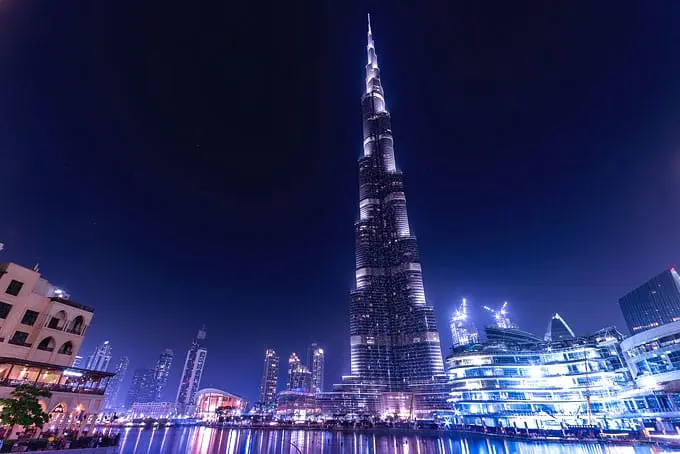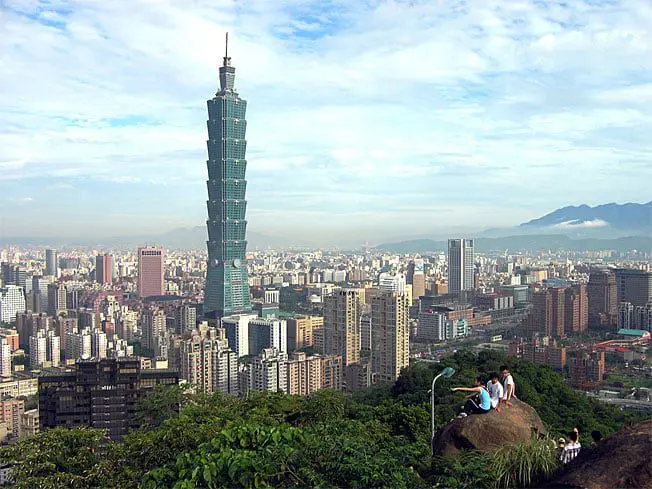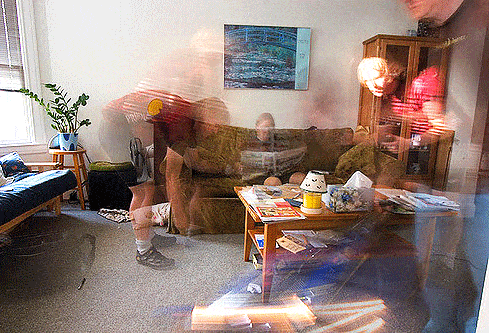words Al Woods
The evolution of our architecture has produced some fantastic variation across history. But perhaps nothing has caused such a surge in our design capabilities as the rise of the digital age.
Not only have the designs of our buildings become more complex and daring, but the capabilities and functions of the buildings are starting to look like they leapt from the pages of a sci-fi novel!
This article will take you on a virtual world tour of the most advanced buildings across the globe.
An issue with water: Burj Khalifa
Standing at an incredible 2,722ft, the Burj Khalifa is the world’s tallest structure. Starting construction in 2004 and finalising the project in 2008, many decisions had to be made to ensure that this neo-futurism structure was able to serve its purpose, acknowledging that it would be a free-standing building and understanding the hot climate it would be situated in.
The water system for the city of Dubai consists of desalination plants that turn sea water into fresh water, which is then sent around the city via an underground network. When the water hits the Burj, it is distributed to every corner of every floor on every level. However, with 163 floors, this can become a complicated process, which shows us just how special the Burj Khalifa actually is in terms of design.
Using only one water pump for the building would be highly risky, as the height of the building would require a huge amount of pressure to send the water up; the pipes would be liable to explode. To counter this problem, the four architects of the structure came up with a plan to help the water flow up the building in different stages.
The water flows from the basement up to a reservoir station on the 40th floor, then on to multiple 200,000-gallon tanks throughout the building. As the water reaches the top, the water then travels back down under its own weight — it is said that 946,000 litres of water are supplied per day which also helps the building stay cool in the hot climate.
As a desert city, it’s vital that buildings in Dubai stay cool. Therefore, another water supply — an ice-chilled water system which is the first of its kind to be used in the Middle East — has also been implemented to enable substantial energy savings.
Built to withstand nature: Taipei 101
The Taipei 101 is a platinum certified Leadership in Energy and Environmental Design (LEED) build, and was the tallest building in the world prior to 2008, when the Burj Khalifa took the crown. Up until 2016, the structure had the fastest elevator on the planet, which could travel from the 5th to 89th floor in 37 seconds!
Taiwan has many types of building design; Fort Provintia displays a more traditional build, for examples, where the Tuntex Sky Tower shows a far more modern architecture. But what makes it so spectacular? Starting construction in 1999 and ending in 2004, the Taipei has 101 floors (if the name had not given it away) and is 1,666 ft in height — but the environmental factors that took over its design has changed the way we build for good.
Home to an array of natural disaster like typhoons and earthquakes, architects in Taiwan need to design their structures to stand through it all. When it comes to Taipei 101, the structure can withstand high winds of 134 mph, which is due to the model prioritising resistance through the use of curtain walls, protected glass and high-performance steel. The walls can provide heat and ultraviolet protection by blocking external heat by 50%.
The Taipei 101 is supported by 36 steel columns; eight of these are mega columns housing 10,000 pounds of concrete per inch. Within Taipei 101, there are outrigger trusses every eight floors which connect to the columns within the exterior to ensure secure resistance from probable natural disasters in and around Taiwan.
Sustainability is key: Apple Park, Campus 2
As pioneers of new technology, it’s only fitting that Apple’s offices received an upgrade too. Worth a staggering $234.7bn, the company, which is now one of the biggest on the planet, was able to invest a further $5bn into a new building and move its tremendous workforce into a circular futuristic structure. The new office-space, which opened in April 2017 midway through construction, is made up of 175 acres — and is even bigger than The Pentagon.
With a roof of solar panels, the building is one of the world’s most efficient. The solar panels are capable of generating 17 megawatts of power (75% during peak daytime) and the company has aims to make the complex entirely powered by renewable energy in the future. Another four megawatts are powered through the use of biofuel and natural gas within the complex, using Bloom Energy Servers which are popular within the Californian region, with Google, Yahoo and Wal-Mart using them, too.
Using natural heating, ventilation, and air control was a key priority in the structure’s design. To achieve this, air is allowed to flow freely between the inside and outside of the building, which can help assist for nine months of the entire year — highlighting the importance of such features in the DNA of design.
No doubt we’ll see even more incredible designs and possibilities as technology continues to march forwards. For example, London is set to have 13 new skyscrapers by 2026 — we know that these will be designed to uphold the ethical requirements for a modern-day structure.






